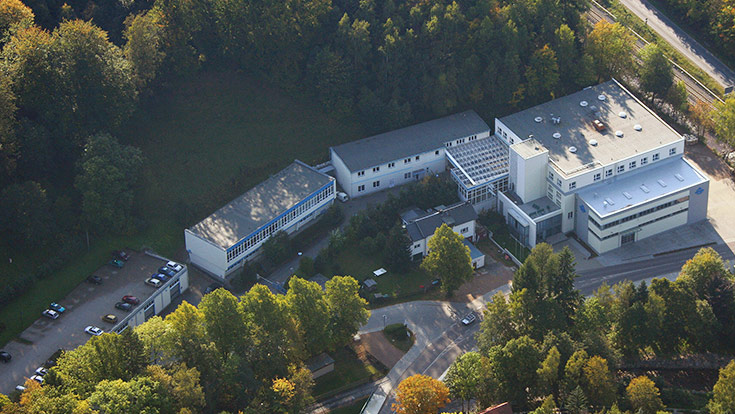2004 – JET-ITER_EN
2004
SPINNER’s Contribution to Implementing ITER
One of the largest research projects in history took a number of years to plan: the ITER fusion reactor (International Thermonuclear Experimental Reactor). It is now taking shape alongside the Cadarache nuclear research center, a large research facility of the French Alternative Energies and Atomic Energy Commission (CEA) in southern France near Marseilles. In a ring-shaped high-vacuum tank, hydrogen is heated until its atoms fuse into helium nuclei and emit energy in the form of high-energy neutrons. Nuclear fusion has been studied in Cadarache for nearly 30 years using a WEST tokamak (an acronym for “Tungsten (W) Environment in Steady-State Tokamak”), previously called the Tore Supra.

Eventually it will only be necessary to ignite fusion reactors once in order for them to continually supply usable energy – just like our sun. To ignite them, however, enormous amounts of energy have to be injected into the plasma using a technique called high-frequency heating. There are three different high-frequency heating approaches, all of which are employed at WEST.
2004: preliminary projects at JET
Although in the early 2000s it still wasn’t yet clear where the ITER would be built, various development projects for it were already running at full steam. One of them was carried out in the Joint European Torus, or JET, in the United Kingdom. An important part of this work was improving the process for heating the plasma with lCRH (Ion Cyclotron Resonance Heating). A new kind of antenna was needed for the reactor torus, in addition to an optimized coaxial RF RL 140-230 line system. SPINNER, which had already been supplying components for the JET since 1984, was contracted to modify and extensively augment the existing RF RL 140-230 line system. Additional orders, for connecting eight transmitters and corresponding antennas plus special components built to customer specifications, followed in the years up until 1999.
2010: water loads for extreme performance
One of the heating systems at ITER, dubbed LH for “Lower Hybrid”, was upgraded in 2010 to increase its output by 40% and maintain it at that level for 1000 seconds. In order to transmit this enormous amount of energy from the high-frequency sources to the plasma, however, it was first necessary to appropriately enhance the entire transmission line. This was done over the course of several years. SPINNER was asked to develop and supply the water loads that would permit full-load operation of the new klystron. Hot water is produced at 700 kW at 3.7 GHz over a length of 25 cm with a throughput of 225 liters per minute.








